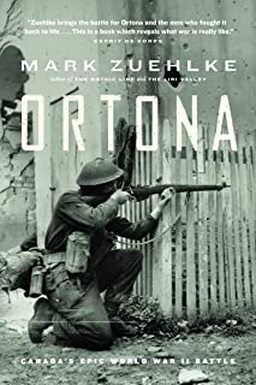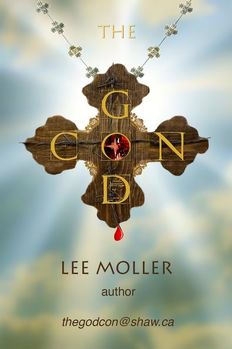 Most Canadians have never heard of Ortona, much less the Battle of Ortona (December, 1943). It was a relatively small operation compared to other primarily Canadian battles such as Hong Kong, Juno Beach on D-Day, the Battle of the Scheldt (12,000 casualties), and Dieppe. But Ortona was a costly Canadian battle for its size. Canada lost at the Battle of Hong Kong, and Dieppe. It won at the Scheldt, and took Juno Beach with only a few casualties. And it won at Ortona. That the German's would lose was a forgone conclusion, but they would make Canada pay dearly over three bloody weeks. Ortona is a small town at just about the same latitude as Rome, on the east cost of Italy. The east coast of Italy is very rugged and Ortona is the Italy's only deep water port on that coast… hence its strategic importance. Even so, the port was tiny and only capable of handling one or two ships at a time. Port or no port, Ortona had to be taken as the allies moved north up the Italian boot. As mentioned, Ortona was an almost all Canuck operation. An Indian division was there as well. The Seaforth Highlanders, one of the divisions that fought at Ortona, was raised largely from southern British Columbia. The book has a glossary which was helpful. For example, I had to look up "PPCLI" several times before I memorized its meaning, Specifically the Princess Patricia Canadian Light Infantry (obvious, right?). The fighting around Ortona was savage. Canadians were asked to attack dug in positions over and over. Creeping barrages helped when they did not land on friendly troops. Mud was everywhere. It bogged down tanks and made progress on foot exhausting. On the up side, if a mortar shell lands in the mud, it detonates late and the troops were largely protected from shrapnel. Mortars killed more soldiers on both sides than any other weapon. Germans fought dirty. On several occasions, German soldiers would surrender under a white flag, only to drop the flag and attack using hidden weapons when the time was right. They booby trapped everything as they withdrew. The combat pros knew the things to avoid, but green troops might pick up a souvenir luger that was attached to a bomb. Fun fact: One young lieutenant named Farley Mowat shows up in the story of Ortona. This book is a about a battle. The battle raged back and forth, often over the same patch of ground. The book details all these movements, but it also consists of short, often personal, stories about soldiers of all ranks. In many cases, their stories end in death. For example, it was most difficult to read about a short passage about a squad of reinforcements arriving on scene. The town of Ortona was largely in Canadian hands, but the Germans were fighting as they retreated and they knew the ranges to every point in town. Green, undertrained replacement troops were not unusual in battles that chewed through people at such a huge rate. A green officer lead a troop of about twenty fresh soldiers into Ortona. He marched them straight down a main street in parade fashion towards the Canadian front! The Germans dropped a motor round directly on the new squad, killing half of them. None of the fatally injured had ever seen combat. In another brief anecdote, a new under-trained green soldier arrived at the front and was given several type 36 hand grenades. The type 36 is the classic American "pineapple" hand grenade that you see in the movies all the time. He had to ask his sergeant what they were! The details of the battle are not important, but the sacrifices made by our fellow Canadians are. A typical day in the battle would consist of waking up at the crack of dawn in a cold, wet, fox hole. That would be followed by cold rations. Most days would have some action.... Perhaps an attempt to take or re-take some small house to be used as an HQ. A counter-attack would follow. If you were not fighting Germans, you were fighting mud, and getting sniped at, as you tried to move equipment and personnel about the battlefield. Artillery, machine guns and mortars were both side's weapons of choice. If you were lucky, you got a shrapnel wound that would have you moved to the rear, or even home. If you were not lucky, and you did not fall victim to battle fatigue (PTSD today), you might get shot and die in some filthy ditch. If you died on a road used by tanks, your body would likely be crushed until it was unrecognizable. By the end of the 1943, Ortona was in Canadian hands. 2,300 casualties; 500 killed.
0 Comments
|
AuthorLee Moller is a life-long skeptic and atheist and the author of The God Con. Archives
May 2024
Categories
All
|

 RSS Feed
RSS Feed